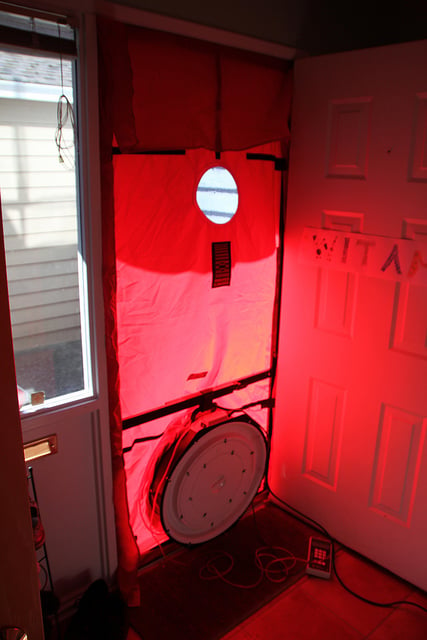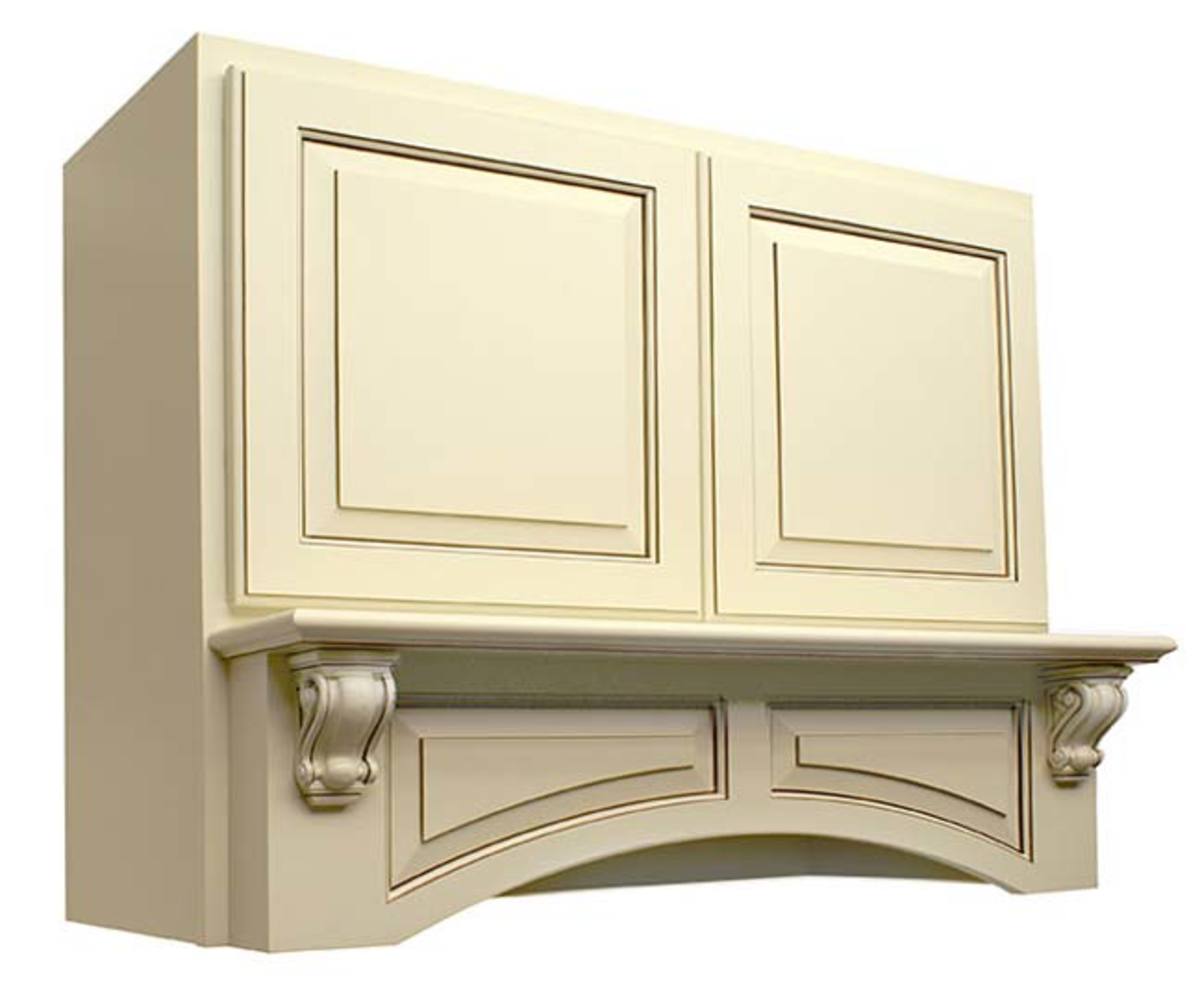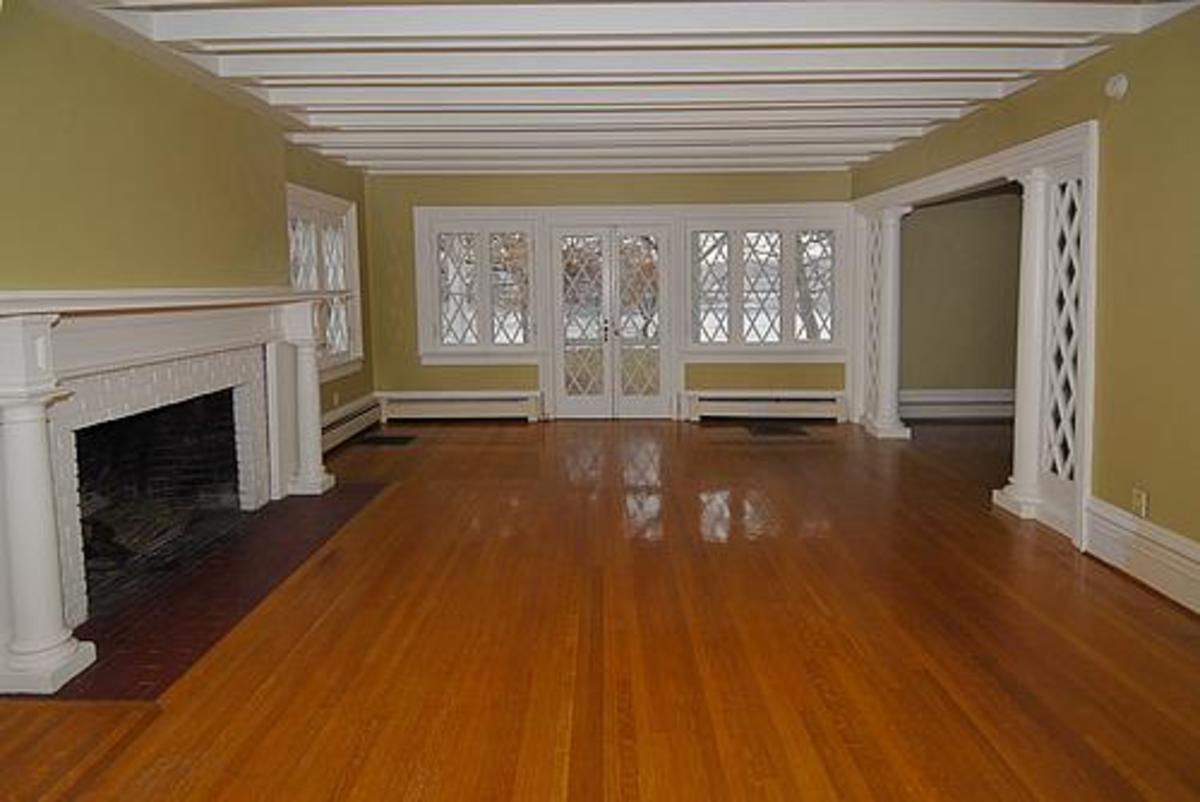Home Energy Assessments
Energy Assessments
No matter the climate you reside in, hot or cold, it’s necessary to make sure your house is perfectly sealed for all kinds of weather. Air conditioning and heating utility bills can be adversely or positively affected by an energy assessment of your own house. There are certain areas of your home that are prone to cracks, leaks, and other issues that can otherwise go unnoticed. Preparing for season temperature changes in advance can help identify where energy priorities are and eliminate waste. There are many easy to do handy tips and tricks to help secure your home against costly leaks that will ultimately affect your wallet.
Energy Audit

Why Perform Your Own Energy Assessment?
Many people choose to opt for a professional energy audit in order to accurately identify waste areas in the home. Before having a professional come to your home, it is easier and more cost effective to do it personally. In doing so you pre-examine areas that need attention and decide whether a professional is needed or not to further confirm your opinions. Destructive forces such as wear and tear, storm damage, or Mother Nature can affect many areas of the home in general. Small cracks, and water leaks, can wreak havoc on the appraisal value of a home, as well as create the need for home improvement or repair projects. If left unattended more serious problems can develop such as roofing repairs, destruction of water pipes, cracks in the foundations and more. Doing it yourself can take a bit more time as you have to discover what areas are damaged. Taking the pre-emptive steps can help save thousands of dollars in repair and improvement costs while also creating the opportunity for government tax rebates, and saving the environment.
What To Search For And What To Repair?
A flashlight and your eyes are the two most important tools needed for a home energy audit. It’s recommended that you should make a list of obvious drafts or air leaks you have noticed in your home. Popular places for this are usually gaps in the baseboard or cracks in the walls and ceiling. If there are areas where two buildings meet then cracks can be expected to form and grow larger over time. Check for leaks and cracks in hoses and pipes in the washing machine, under the sink, dishwasher and other areas of the house with such items. Windows and doors are also expected places where homes often form cracks and air leaks. A normal caulking gun can be used to fill spaces and cracks around windows and walls. Caulk can also be used around electrical outlets that also leak. Metallic and vinyl weather-stripping can be done after an assessment to prevent leaks for years to come. This is usually recommended for high foot traffic areas of your home. Low foot traffic windows or walls can utilize felt, plastic, or tape in order to seal areas effectively. When caulking or weatherproofing, make sure the areas are dry, clean and cover the entire area. Measuring tape or a ruler can be used to accurately measure the size of leaks.
Make sure ventilation is available for areas of the home that utilize natural gasses or pollution that can come from large appliances such as refrigerators or ovens. Ventilation is necessary in order to allow the harmful gases or pollutants from appliances to be released into the air without having to compete for air from other appliances. This keeps the air flowing freely in your home without pollutants or harmful gasses.

Attics, And Basements, The Forgotten Leaks
If your home has an attic, this can be the most arduous portion of a home energy assessment. Exposed pipes, chimneys or other duct-work can reveal cracks and other leaks that can waste heated or cooled air from your home. This converts to hundreds or thousands of dollars lost from over paying utility bills. Expanding caulk or non-combustible permanent sealants are good suggestions for preserving energy. Vapor barriers are also sometimes already present in-between attic space and the rest of the house. These can be areas covered with tar-paper, plastic, barrier paint or Kraft paper and protects against moisture that can settle in the ceiling or weaken the level of insulation. Make sure attic vents are not covered by barriers or insulation in order to allow proper escape for pollutants or gasses from inside the home.
If your home has a basement, the same energy assessment rules for an attic apply. Check exposed pipes, chimneys and all areas for leaks that can be sealed with expandable caulk. Under the living space and above the ceiling a vapor barrier or insulation can also be installed. Check for signs of damage from moisture and water vapor to determine if these areas must be repaired or replaced.
Energy Management Strategy

Professional Audits And Rebates
Energy advisers certified by the government are able to perform two types of audits that can qualify you for money saving rebates on your tax return. The first type of assessment is called a type “D” audit or pre-retrofit audit. This is the inspection to determine what needs to be fixed, adjusted or replaced to qualify for the rebate. They will evaluate the “air-tightness” of a home, and inspect from top to bottom. The second audit will then be performed which is called an “E” type audit or post-retro fit audit. This is to determine that the changes, which were advised, have been made, and which grants or rebates you are eligible for.
Performing an energy assessment on your home is easy and recommended to do. Performing a do-it-yourself home audit can save hundreds to thousands of dollars in wasted energy usages each year. Cracks, water and gas leaks can be re-filled with caulk or other weatherproofing products easily and quickly. Professional energy audits can take 2-3 hours and accurately provide insight on what needs to be changed in a home to make it more airtight. After the audit, the energy adviser can re-check the work done, and determine what tax rebates or grants are available for your efforts. In either scenario performing an energy audit on your home will help you save money, and more importantly stop you from throwing money out the door, literally.



